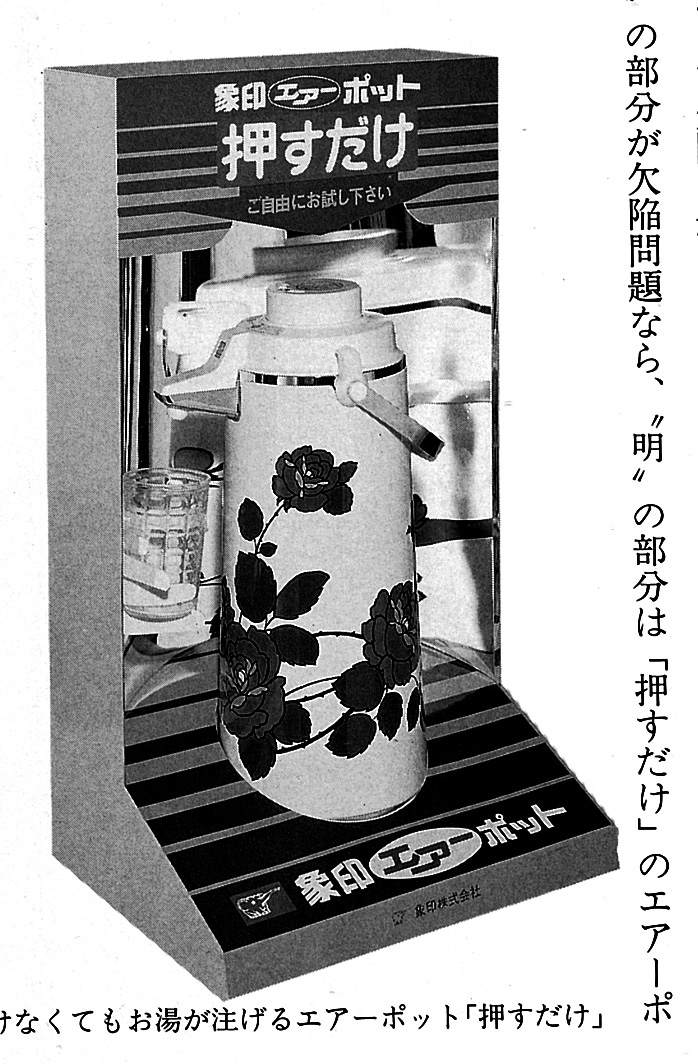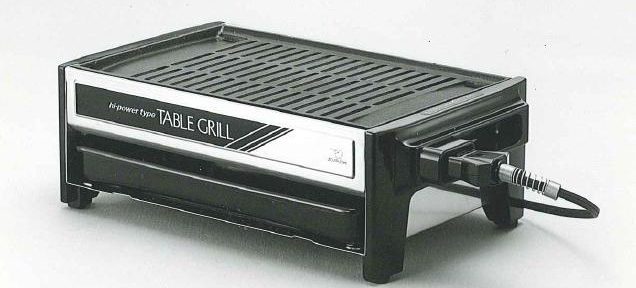Category: From The Vault

The Evolution of the Zojirushi Water Boiler: Zojirushi’s First Electric Water Boiler and Beyond
Read more: The Evolution of the Zojirushi Water Boiler: Zojirushi’s First Electric Water Boiler and BeyondWhen Zojirushi introduced its first electric water boiler in 1980, it revolutionized how households approached…

Blast from the Past: Zojirushi’s First Air Pot®
Read more: Blast from the Past: Zojirushi’s First Air Pot®Hi Zo Fans, Welcome to our throwback series where we explore the fascinating history of…

Blast from the Past: A Nostalgic Look Back at Zojirushi’s Most Unique Japanese Products
Read more: Blast from the Past: A Nostalgic Look Back at Zojirushi’s Most Unique Japanese ProductsYou might know Zojirushi for our reliable and innovative rice cookers, breadmakers, water boilers, and…

Blast from the Past: Celebrating Iconic Zojirushi Co-Branded Products
Read more: Blast from the Past: Celebrating Iconic Zojirushi Co-Branded ProductsAt Zojirushi, innovation and design have always been our driving forces, starting with the glass-lined…

Blast from the Past: Zojirushi’s Most Iconic Tabletop Cooking Appliances!
Read more: Blast from the Past: Zojirushi’s Most Iconic Tabletop Cooking Appliances!Step back in time with us to the mid-1970s, when family diner-style restaurants were gaining…

Throwback to Innovation: Meet Zojirushi’s First Micom Rice Cooker!
Read more: Throwback to Innovation: Meet Zojirushi’s First Micom Rice Cooker!Happy May, Zo Fans! Are you ready to see back in time to discover the…




